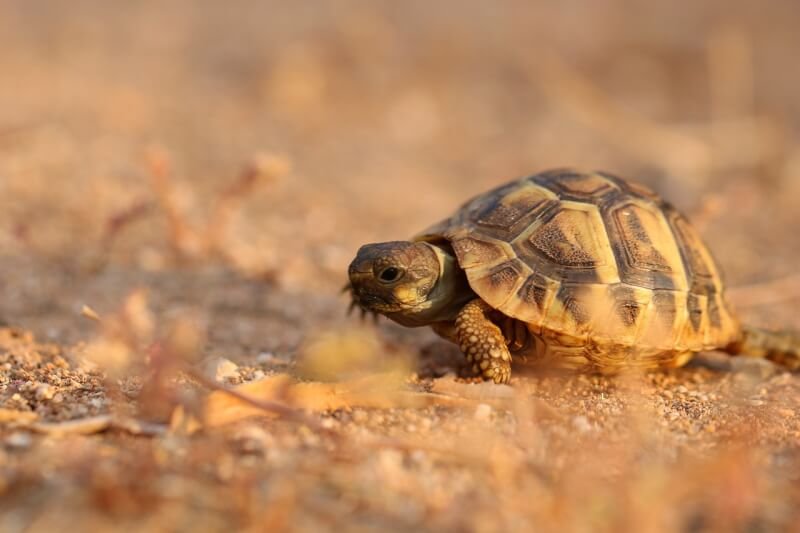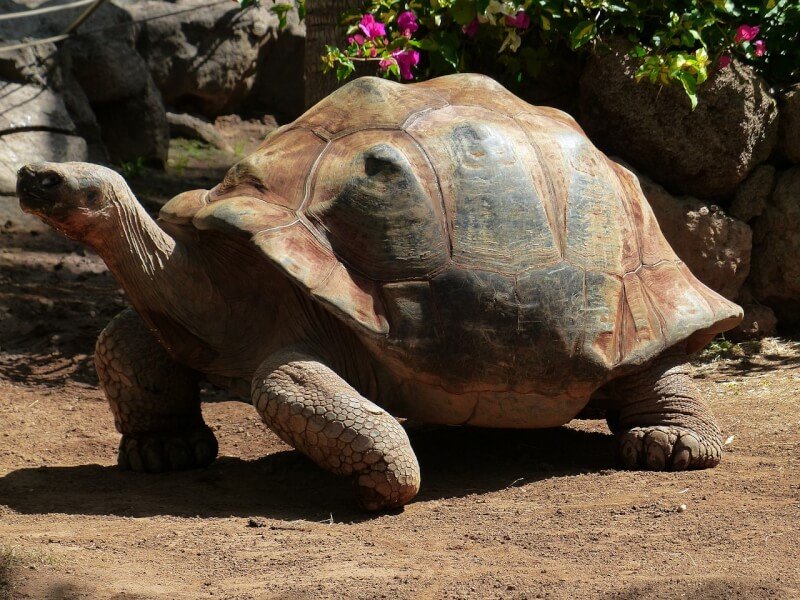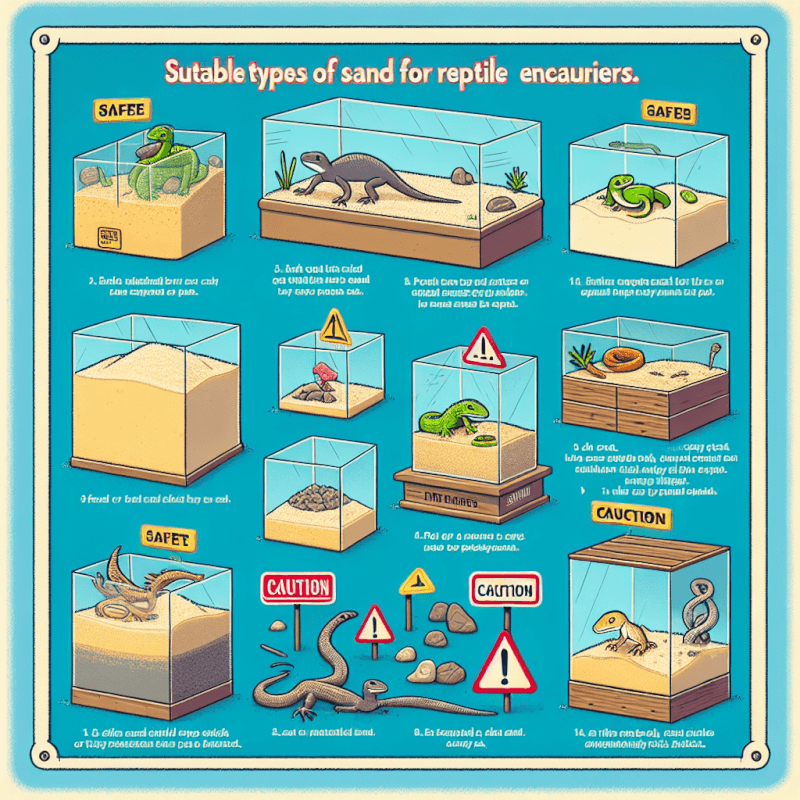If you’ve ever wondered what kind of sand is safe for reptile enclosures, you’re in the right place. Keeping reptiles as pets comes with a responsibility to create a proper habitat for them, and choosing the right substrate is crucial. In this article, we will explore the different types of sand that are safe for reptile enclosures and discuss the important factors to consider when making your choice. So, let’s dive in and ensure your scaly friend has a comfortable and safe environment to thrive in!

Types of Sand
When it comes to creating a safe and comfortable habitat for your reptile, choosing the right type of sand is crucial. Different types of sand have distinct properties that can impact the health and well-being of your scaly friend. Here, we will explore five common types of sand used in reptile enclosures: calcium-based sand, aragonite sand, play sand, silica sand, and desert sand.
Calcium-Based Sand
Calcium-based sand is a popular choice for reptile enclosures, especially for those reptiles that require a dry and arid environment. It is made up of crushed shells or limestone, providing a natural source of calcium for reptiles. Calcium is essential for reptiles as it supports their bone growth and overall health. However, it is important to note that calcium-based sand can be quite dusty, which may pose respiratory risks for reptiles.
Aragonite Sand
Aragonite sand is another type of sand commonly used in reptile enclosures. It is a form of calcium carbonate that comes from coral reefs or shellfish. Aragonite sand is known for its natural buffering capacity, which helps maintain the pH level in reptile enclosures. This type of sand is especially beneficial for reptiles that require a more alkaline environment. Additionally, aragonite sand has a smaller grain size compared to calcium-based sand, making it less dusty.
Play Sand
Play sand, commonly used in sandboxes or children’s play areas, can also be used as bedding for reptile enclosures. It is made from ground quartz and is generally clean and free of contaminants. Play sand has a fine texture, making it easy for reptiles to navigate and burrow. However, it is important to ensure that the play sand you choose does not contain added chemicals or pesticides, as these can be harmful to reptiles.
Silica Sand
Silica sand is a type of sand that is composed of quartz particles. It is often used in reptile enclosures due to its low dust content and natural ability to retain heat. Silica sand has a coarser texture compared to other types of sand, which makes it suitable for reptiles that require a more abrasive substrate for shedding their skin. However, it is important to avoid using colored silica sand, as the dyes used in these products can be toxic to reptiles.
Desert Sand
Desert sand, as the name suggests, is primarily found in desert regions. It is a mixture of sand and silt and is known for its ability to absorb and retain heat. Desert sand is a suitable option for reptiles that require high temperatures in their enclosures. However, it is important to note that desert sand can be quite dusty and may need regular misting or dampening to minimize the risk of respiratory issues for reptiles.
Considerations for Safe Sand
While selecting the type of sand for your reptile’s enclosure, several considerations need to be taken into account to ensure their safety and well-being. Let’s explore some important factors to consider when choosing sand for your reptile’s habitat.
Dustiness
Dustiness is a crucial factor to consider when selecting sand for your reptile enclosure. Dust particles can be harmful to reptiles, particularly when inhaled, as they can cause respiratory problems. Opting for sands with low dust content, such as aragonite sand or silica sand, can help minimize the risk of respiratory issues for your reptile.
Particle Size
The particle size of the sand you choose is essential as it can influence your reptile’s comfort and ability to move around. Finer sands, like play sand, can be easier for reptiles to navigate and burrow into. On the other hand, coarser sands, such as silica sand, provide a more abrasive surface that can help with shedding skin. Consider the specific needs of your reptile when selecting the appropriate particle size.
Chemical Coating
Some types of sand may come coated with chemicals or pesticides. These coatings may be harmful to reptiles if ingested or absorbed through their skin. Always opt for natural and chemical-free sands to ensure the safety of your reptile. If you are unsure about the composition of a particular sand, it is best to consult with a reptile expert or veterinarian for guidance.
Ingestion Risk
Reptiles, especially those that explore their environment by tongue flicking, may accidentally ingest sand. Ingesting large amounts of sand can result in impaction, a condition where the sand accumulates in the digestive system, causing blockages. To minimize the risk of ingestion, provide appropriate food dishes or feeding platforms for your reptile and regularly clean their enclosure to remove any sand particles.
Heat Retention
For reptiles that require higher temperatures in their enclosure, choosing a sand that can retain heat is important. Sands like desert sand are known for their ability to absorb and maintain heat, creating a warm and comfortable environment for your reptile. However, always monitor the temperature to ensure it does not exceed safe levels for your reptile species.
In conclusion, choosing the right type of sand for your reptile’s enclosure is vital for their health and well-being. Consider factors such as dustiness, particle size, absence of chemical coatings, ingestion risk, and heat retention when making your selection. By providing a safe and suitable sand substrate, you can create a comfortable and thriving habitat for your scaly companion.



